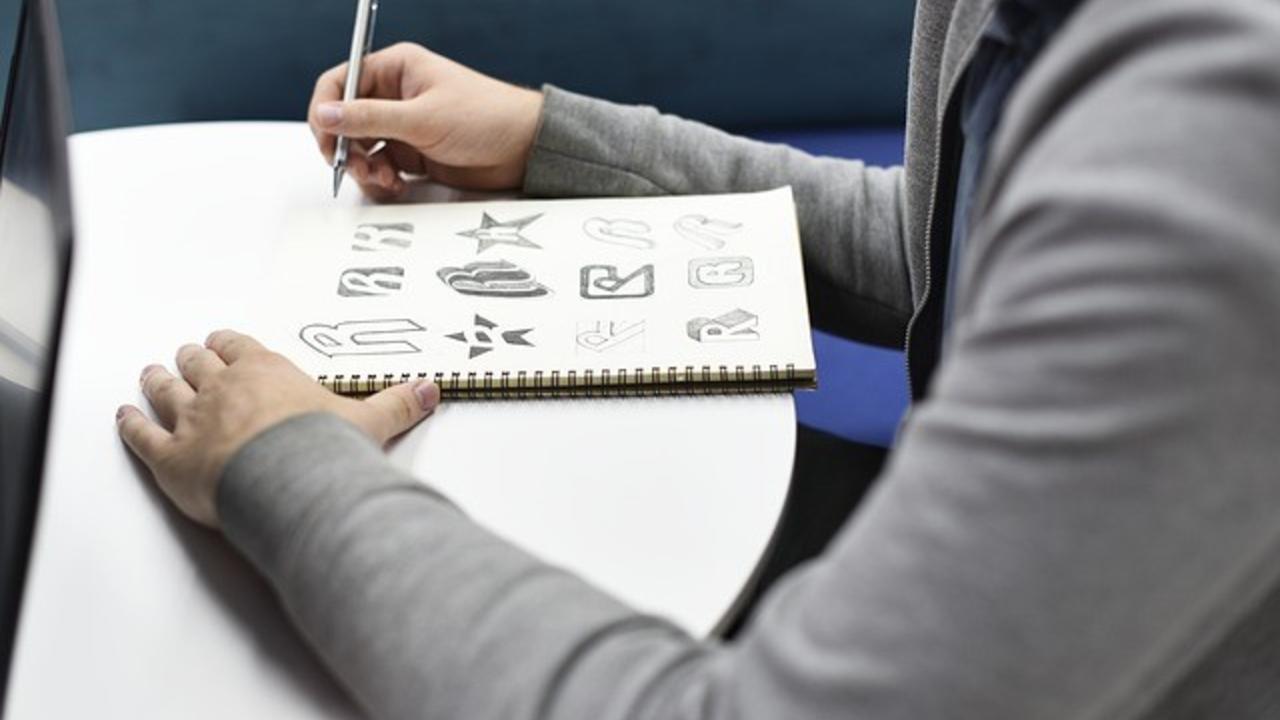4 Design Elements Every Logo Must Have

Let’s start here.
I am no artist.
I can’t draw a circle to save my soul. Much less a pony. Or a portrait.
Or, for that matter, that perfect logo that captures exactly who I am, what I do, and what I want to say to those amazing, ideal clients I so love to work with.
That’s why having a true artist in my corner is one thing I know I need in my business.
So do you.
Because your visual brand is like your handshake. It’s the first impression your clients have – not only of what you do, but who you are. And yes, first impressions matter.
A lot.
So, whether they’re zooming by your sign on the interstate, or holding your business card in their hand, their quick grasp, their intuitive, emotional response to your ‘look’, is important.
Do they feel curious? Compelled? Drawn towards you?
Or bored, confused, or something else?
Over the years, I’ve hired graphic artists to help with a range of projects, and all of them have been talented people who worked in different ways.
Some took a simple approach that required a few conversations, a couple of sketches, and poof. Done.
Others involved LOTS of conversations, many sketches and meetings and drafts and re-do’s. And then we were done. :)
And with all that experience, I’ve learned a few things about what elements go in to having a great logo. I want to share some of those with you today.
But before I do – you know that your brand is more than a logo, right?
Way more.
(Just checking. We’ll have that conversation later!)
Still, logos are where a lot of business owners start – so let’s talk about that.
What makes a logo “work”?
Here’s what the experts tell me.
Finding a logo design that works is like choosing a name for your sweet baby girl. Your business will carry this thing for a long time, so you want it to be right.
Of course, when you’re in start up, you may not be able to afford a true visual brand stylist. Though if you can, the results would be worth the investment.
But even if you’re working with an entry-level designer, these principles will help you reach a better product.
Because these are the key design elements that every great logo must have. Here are the top four, at least in my book!
1. SIMPLICITY.
A good logo is actually just a simple mark, a symbol, that will have some unique quality, but it will still be easy to recognize and replicate.
It will work in black and white as well as color. In fact, the best artists create your design in black and white first, because if it doesn’t work there, it won’t work all dressed up.
And it will work in any size, whether that’s on the side of a pen or on the side of a building.
And a simple, clear design will work on any printer, ranging from top of the line professional print shop to the HP on your desk – with or without those fuzzy edges.
2. CONSISTENCY.
The best logos stand the test of time. Years, in fact.
No matter how many times McDonald’s updates their stores, the Golden Arches never really change, do they? And you know there have been those along the way that really wanted to mess with that yellow.
But they haven’t, and that is why those arches are so recognizable literally anywhere in the world.
Will your logo work for you in 5 years? How about 20 – or more?
3. ADAPTABILITY.
Done well, your design will work in a variety of formats: horizontally or vertically, with or without a tag line, in color, or in black and white.
It will even work in reverse, say, as a watermark, or as a white-on-white embossed print.
4. RELEVANCE.
Even if it’s a simple geometric shape, your logo is still a symbol. As such, it needs to communicate the most important nature of your business.
Take a look at the Nike “swoosh’. Can you see how that deceptively simple mark suggests forward motion, and momentum? Isn’t that perfect – for a running shoe?
Your version can be light or edgy, feminine or masculine, powerful or playful. Doesn’t matter, as long as it matches the mood – and message – you want to convey.
And one more thing.
Your logo is just the start of your overall visual brand. Other elements such as a particular font or color palette to use over time are equally important. Be sure you get some guidance there, as well.
Now that you know – do you have a logo that works?
And if not, what needs to change?
You may also like:
A Behind the Scenes Look at Building (My) Brand
How to Get it Right: Important First Steps for a Powerful Brand
This is Where Your Branding Begins
